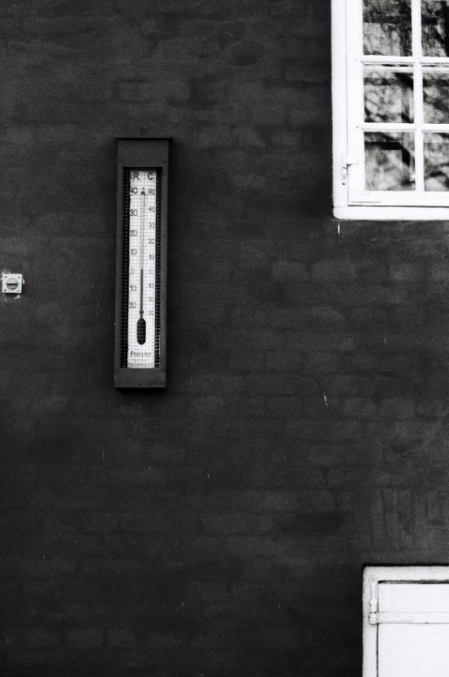One of the most important components of your heating and cooling system is the thermostat, and that device must be working perfectly if you want to keep your home at a consistent temperature. Here is a closer look at exactly what a thermostat does, some signs of a damaged thermostat, and your options for repairing or replacing that unit.
Understanding HVAC Thermostats
The thermostat is essentially the brain behind the HVAC system, and it controls all of its primary functions. When you set the thermostat, it tells the blower and condenser exactly when they should turn on and how long they should stay on. Modern thermostats are almost always completely electronic, and they use a variety of sensors to determine indoor temperatures. Older thermostats, on the other hand, usually have a small metal coil that fluctuates as the indoor temperature changes, and that movement turns the system off and on.
Signs of a Broken Thermostat
The most common sign of a broken thermostat is the system not turning on at all. If you have replaced the batteries and the thermostat still isn’t working, then it might have died. Just before a thermostat stops working entirely, you will most likely notice a variety of early warning signs. If the HVAC system repeatedly turns off and on or the thermostat’s temperature gauge doesn’t match the temperature inside your home, then you need to call an HVAC tech.
Getting your Thermostat Repaired
Cooling and heating repair services are very affordable, and taking care of minor thermostat issues early on could help you avoid major mechanical problems down the road. As soon as you notice those issues, you should schedule a service call with an experienced technician who can inspect the entire system. Some thermostats can easily be repaired as long as the damage is caught right away.
Upgrading Your Thermostat
Upgrading your thermostat is a simple project that could have a huge impact on your energy bills as well as your family’s comfort. Modern thermostats are incredibly advanced, and many of them can be controlled from anywhere in the world with user-friendly mobile apps. Your new thermostat will also be able to track your family’s habits and automatically adjust the settings as the indoor and outdoor temperatures change.
Even if you think that your entire HVAC system is running smoothly, you should still have it inspected and serviced by a technician at least once or twice a year. Those service calls can extend the lifespan of your system and potentially help you lower your energy bills by a significant amount.
